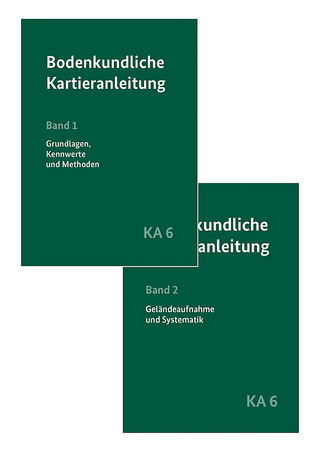
Crossing Borders
Routledge (Verlag)
978-1-138-61255-6 (ISBN)
Published in 1998. Migration patterns at the global level have become more complex, affecting more countries, more people and for a greater variety of reasons. Consequently, international migration is receiving increasing attention throughout the world. Migration is an inherently spatial phenomenon. But while the spatial patterns themselves have been described in recent surveys of global contemporary international migration, the causes and consequences of the spatial patterns have received surprisingly little systematic attention. Often migration is seen just from a host country perspective, or from a sending country perspective, without explicit consideration of the sub-national origin and destinations of the flows or linkages between countries. It is well known that migration flows follow certain gravity-like properties, that there is chain migration, that certain regions attract more migrants than others, that migrants are highly urbanised, and that within urban areas there are also concentrations of migrants leading to a reshaping of the urban landscape. However, such observations are often the result of purely descriptive research or case study research. Consequently, there is still a need for an integrated multi-disciplinary study of the spatial impact and the resulting socio-economic and political issues concerning migration. This book aims to fill this gap by bringing together a collection of papers which are primarily concerned with the spatial impact of contemporary international migration patterns, or with related issues. The topics of the papers are wide ranging and the focus varies from broad international perspectives to specific urban areas. Two general themes run through the papers. The first of these is that migration is an inherently dynamic process which may have either equilibrating or self-reinforcing (cumulative) effects. The importance of considering international migration in a dynamic context has come to the fore in several theoretical frameworks which are available in the literature to study this phenomenon. The second major theme of the book is the emphasis on the importance of personal networks in shaping international migration patterns, leading to pronounced clusters of (urban) areas from which migrants are drawn and of migrant settlement.
Cees Gorter, Peter Nijkamp, Jacques Poot
1. Regional and Urban Perspectives on International Migration: An Overview Part A: Theory and Evidence: An Economic Perspective 2. Migration, Economic Integration and Regional Growth 3. Welfare Effects of Immigration in the Presence of Public Goods: A Case for Entrance Fees? 4. Causes of International Migration: A Survey 5. The Impact of Immigration on Labour Markets and Urban Infrastructure in Australia and New Zealand Part B: Spatial Clusters: International Patterns and Linkages 6. Differential Urbanization and International Migration: An Urban Systems Approach 7. Immigration: The Spatial Dimension 8. Contemporary Patterns of Labour Based Migration to The Netherlands Part C:Spatial Clusters: Regional and Urban Patterns and Assimilation 9. Segregation, Polarization and Urban Policies in Amsterdam: An International Perspective 10. Socioeconomic Implications of the Changing Spatial Distribution and Labour Market Experience of Ethnic Minorities in Britain 11. Integration of Immigrants from the Former Soviet Union in the Israeli Housing and Job Markets: Regional Perspectives 12. Employment and Structural Change: Economic Integration of Immigrants in the Swedish and Malmo Labour Markets 1970-1990 Part D: Migration Models 13. A Network-Based Model of International Migration 14. An Explanatory Analysis of International Migration Flows within the European Economic Area 15. Migration and Earnings Attainment: A Comparison Between the United States and The Netherlands.
| Erscheinungsdatum | 01.07.2020 |
|---|---|
| Reihe/Serie | Routledge Revivals |
| Verlagsort | London |
| Sprache | englisch |
| Maße | 152 x 219 mm |
| Gewicht | 535 g |
| Themenwelt | Naturwissenschaften ► Geowissenschaften ► Geografie / Kartografie |
| Sozialwissenschaften ► Ethnologie | |
| Sozialwissenschaften ► Soziologie | |
| ISBN-10 | 1-138-61255-3 / 1138612553 |
| ISBN-13 | 978-1-138-61255-6 / 9781138612556 |
| Zustand | Neuware |
| Haben Sie eine Frage zum Produkt? |
aus dem Bereich


